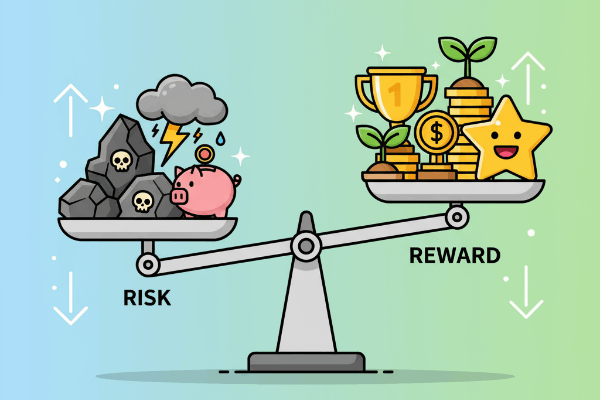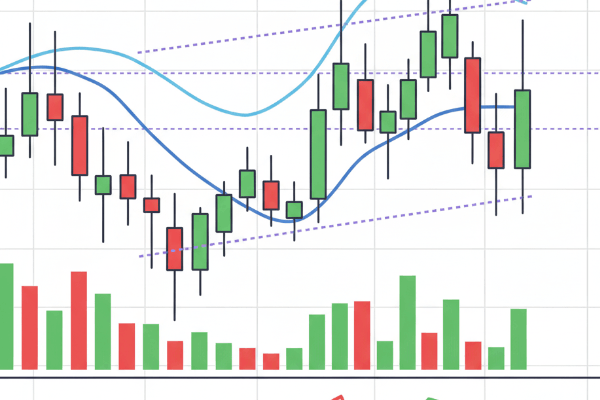In the world of trading, many beginners believe the key to success lies in a sophisticated technical strategy or a secret indicator. While technical analysis is important, a far greater force determines a trader's success or failure: psychology. The two primary emotions, fear and greed, are a two-headed dragon that can destroy even the fastest-growing trading account if left unchecked.
The Two-Headed Dragon: Understanding Fear and Greed
Every trader, from novice to professional, will confront fear and greed. Recognizing how these emotions manifest is the first step to overcoming them.
The Face of Fear in Trading
Fear often arises from uncertainty and the potential for loss. It can lead to:
- Analysis Paralysis: Being too afraid to enter the market for fear of making the wrong decision.
- Closing Positions Too Early: Taking small profits because you're afraid the market will reverse, even when there's potential for more gain.
- FOMO (Fear of Missing Out): Jumping into a well-established trend for fear of being left behind, often at the peak price.
The Seductive Trap of Greed
Greed is the other side of the coin. It appears when confidence is too high after a few wins, leading to:
- Overtrading: Opening too many positions in the hope of making more profit in a short time.
- Ignoring Stop Loss: Hoping a losing position will turn around, which often results in much larger losses.
- Taking Excessive Risks: Using lot sizes that don't align with risk management in pursuit of fantastic profits.
Strategies to Conquer Your Emotions
Mastering your emotions isn't about eliminating them, but about managing them so they don't dictate your trading decisions. Here are some practical strategies you can apply.
1. Create a Solid Trading Plan
A trading plan is your roadmap. It must include your entry point, exit point (profit target), and stop-loss level before you open a position. With a clear plan, you replace impulsive, emotion-based decisions with logical, predetermined actions. Not sure about your plan? Test it risk-free on the **Quotex demo account** to build confidence.
2. Apply Strict Risk Management
Never risk more than 1-2% of your total capital on a single trade. This simple rule will protect you from catastrophic losses and reduce emotional pressure during trading, as you know that one loss won't destroy your account.
3. Keep a Trading Journal
Record every trade you make, including the reason for entry, the emotions you felt, and the outcome. This journal is an honest mirror of your trading behavior. From it, you can identify and correct destructive emotional patterns.
4. Education is Your Best Weapon
The more you understand the market and your strategy, the less room there is for fear born from ignorance. Keep learning, both about market analysis and about yourself as a trader.
Conclusion: Be the Architect of Your Success
Trading psychology is an internal battlefield that must be won every day. By recognizing your emotional triggers and applying discipline through a trading plan and risk management, you can turn fear and greed from enemies into allies. Remember, you can't control the market, but your reaction to it is entirely in your hands.
Feeling enlightened? Share this knowledge with your fellow traders and help them grow. You can also earn potential income by joining our **Quotex affiliate program**.



